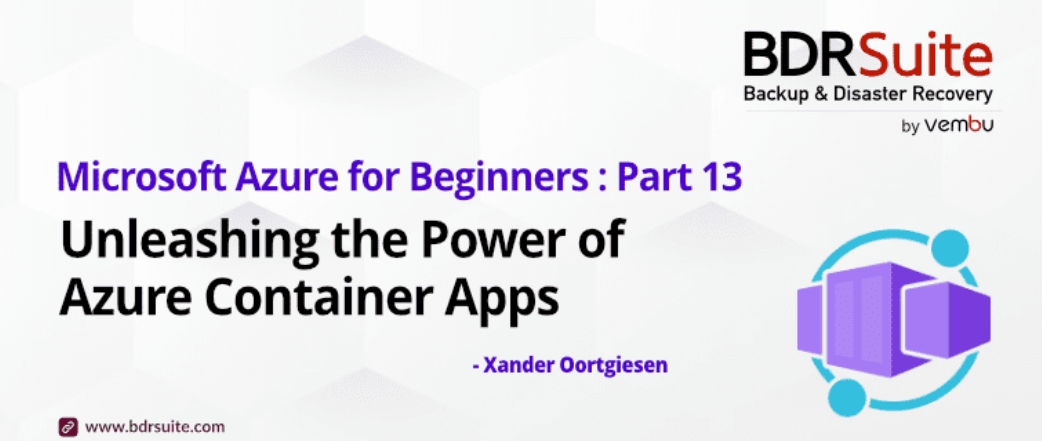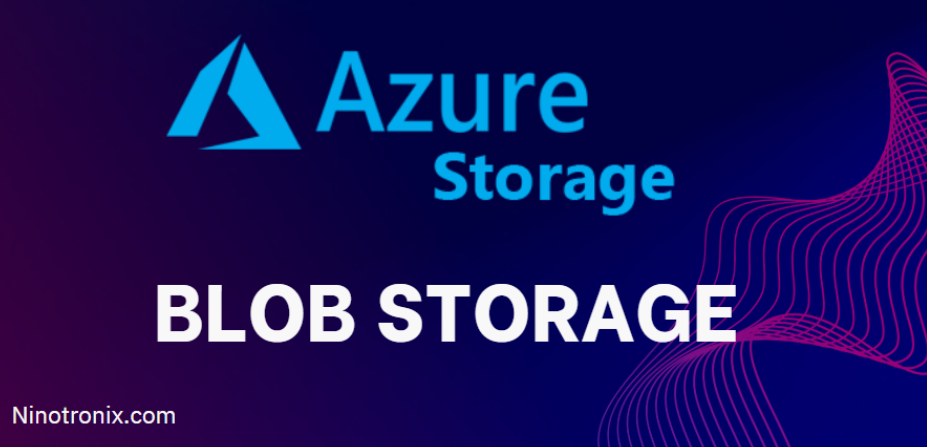Cross-account access
For organizations that have microservices spread across multiple AWS accounts, IAM supports cross-account roles. This enables secure inter-service communication across different accounts.
In some organizations, different microservices may reside in different AWS accounts. IAM allows for cross-account roles, where a service in one account can assume a role in another account, facilitating inter-service communication securely.
As an example, a microservice in a ‘Billing’ AWS account may need to fetch data from a ‘DataLake’ AWS account. A cross-account IAM role can facilitate this interaction, with permissions explicitly defining the allowed actions. It is important to restrict the permissions to only what is absolutely necessary for the task at hand.
IAM and API Gateway
When microservices are exposed through API Gateway, IAM roles can be specifically configured to regulate access to these APIs. You can set up resource-based policies in API Gateway that specify which IAM roles are allowed to invoke your API methods. This adds an additional layer of security, ensuring that only specific roles or authorized microservices can invoke the API.
Secure end-user authentication
Securing end-user authentication within a microservices ecosystem is both a challenging and essential task. While IAM is highly effective for managing service-to-service interactions, it falls short when it comes to providing a nuanced, user-centric authentication mechanism tailored for end-users. This is where Cognito comes into play, offering a more specialized approach to end-user authentication.
Amazon Cognito
Cognito is more than just a managed service for end-user authentication and identity management. A microservices architecture can serve as a centralized identity hub that can be accessed by various microservices for tasks ranging from identity verification to role-based access control and beyond.
User pool
User pools in Cognito act as user directories that facilitate sign-in capabilities through Cognito or third-party IdPs, such as Google, Facebook, or enterprise SAML-based systems. In a microservices architecture, user pools become the centralized hub for identity storage, offering a unified view of user identities across various services.
Custom attributes in user pools allow you to store application-specific user metadata, such as user roles or department codes. These attributes can be configured to be immutable once set, thereby enhancing the security of user accounts. This is particularly useful in scenarios where a microservice needs to make access decisions based on these custom attributes.
Multi-factor authentication (MFA) is another feature you might want to enable. It is a robust, adaptive system that can challenge users based on a variety of risk factors. For example, if a user attempts to log in from a new device or an unusual geographic location, Cognito can trigger additional authentication challenges, thereby adding an extra layer of security.



